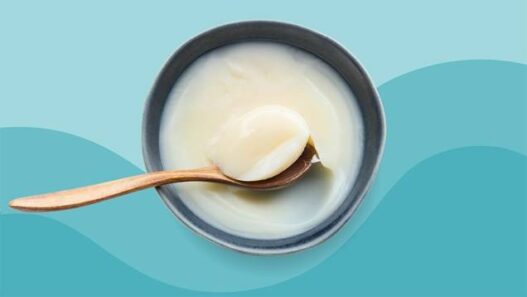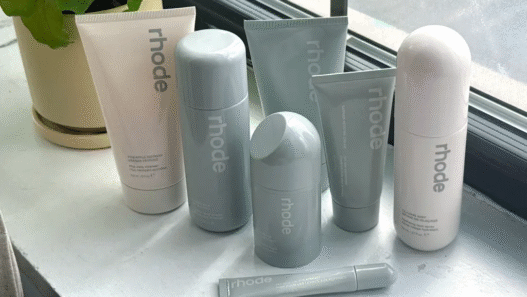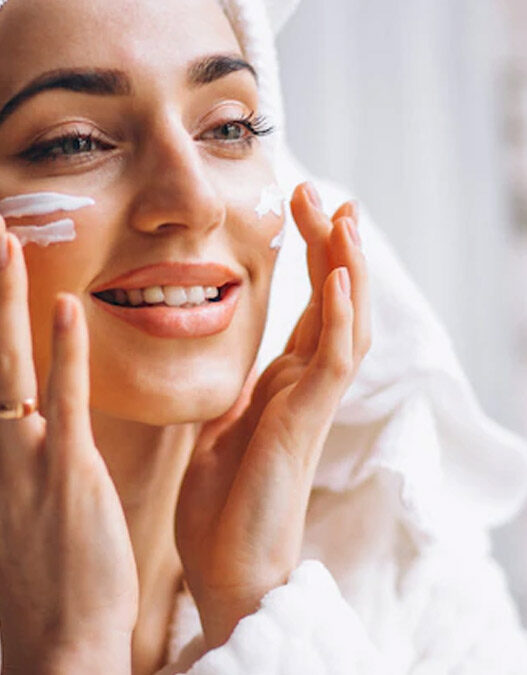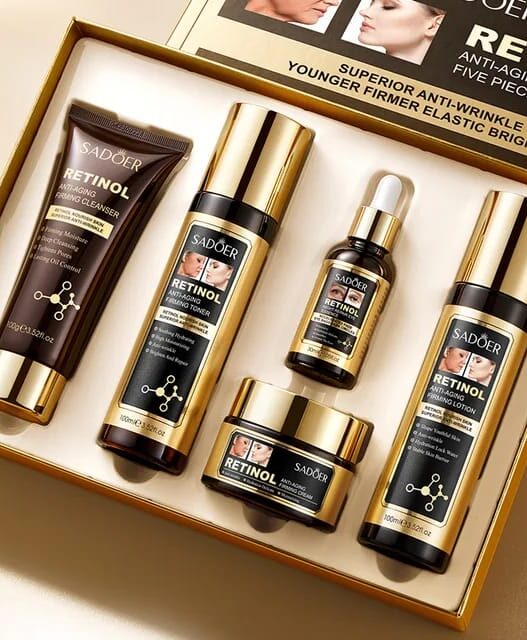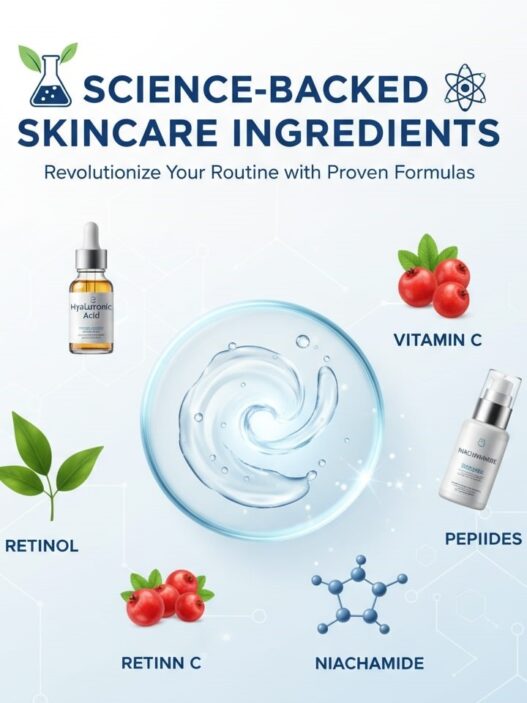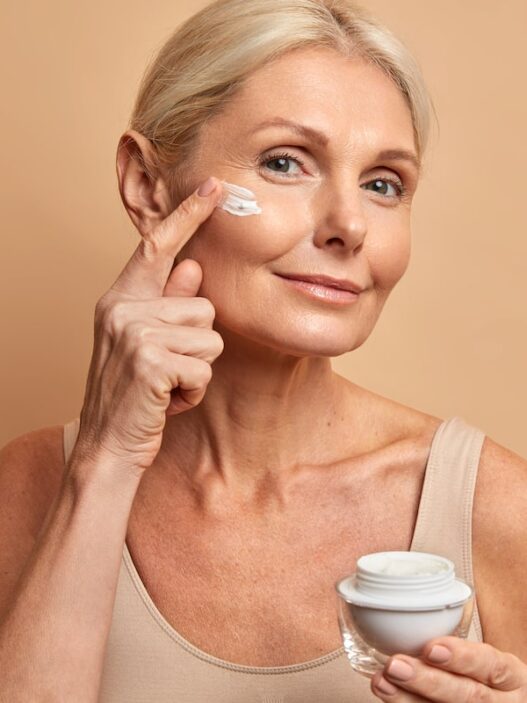As a natural moisturizer, beef tallow skincare, the extracted fat of cows, is making a comeback in skincare products. Supporters point to its vitamin-rich, barrier-strengthening qualities, while detractors caution about its lack of scientific support and ability to clog pores.
Beef Tallow is Gaining Attraction Day by Day
Animal fats have long been a mainstay in soap production and home cures. Tallow lost favor as synthetic creams gained traction.
Interest has recently increased on social media, where users have praised it as a natural, “ancestral” substitute for traditional moisturizers. Dermatologists and skincare enthusiasts are intrigued by this buzz, and it has caused discussion.
What is ‘Beef tallow skincare’?
Cattle fat is cleaned and used to make beef tallow. It creates a balm-like material after rendering, which is rich in fat-soluble vitamins (A, D, E, and K) and fatty acids (oleic, stearic, palmitic, and linoleic). Because of these nutrients, it has emollient properties similar to those of the natural oils in human skin.
Benefits of Beef tallow skincare
The process of deep moisturization creates a barrier that keeps moisture in.
Rich in nutrients– Provides vital vitamins and fatty acids to help restore skin.
Support for Barriers– May help dry or sensitive skin disorders including psoriasis or eczema. Pure fat or a small number of natural additions are common examples of minimalist formulations.

Side Effects of Beef Tallow Skincare
- Comedogenic– May clog pores and exacerbate acne in people with oily skin.
- Allergic Reactions– Some users may become irritated or sensitive.
- Variable Quality– The benefits vary according on the source; tallow that is grass-fed is typically favored.
- Limited Science– FDA-unapproved and primarily anecdotal evidence.
- Not Vegan-Friendly– Sensational and ethical issues (greasy texture, animal source).
How To Use it?
- A tiny amount should be applied to clean, somewhat damp skin; since it can feel heavy, it is best to do this at night.
- Before beginning regular use, always run a patch test.
- Tallow is sometimes combined with oils (olive, jojoba) or honey in formulations to make it easier to spread and less greasy.
- Ideal for dry or sensitive skin, this product is usually not advised for complexions that are prone to acne.
Products Recommendations
Numerous companies sell balms and creams made from tallow, particularly on Amazon and at natural healthcare stores
Grass-Fed Tallow with Frankincense Oil Moisturizer- A body and face hydrating combination. Tallow and honey are combined in MELAO Tallow Balm with Raw Wild Honey for sensitive skin.

Vintage Tradition Unscented Tallow Balm– Well-liked for treating dermatitis. First and foremost, Pure Everything Balm is multipurpose and anti aging.

Harvest & Herd Citrus & Honey Tallow Balm -For people who frequently have acne, Harvest & Herd Citrus & Honey Tallow Balm was created.

The Scientific View of Beef Tallow Skincare
Modern dermatology takes a cautious approach to cow tallow, despite historical and anecdotal evidence to the contrary.
The direct effects of tallow on human skin have not been extensively studied scientifically. Because of its similar fatty acid makeup like sebum, it has the ability to moisturize and restore the barrier.
Dermatologists stress, however, that resemblance does not imply universal safety.
By intensely moisturizing the skin, tallow-based treatments can help people with psoriasis, eczema, or extremely dry skin. On the other hand, its comedogenic tendency may cause breakouts for people with oily or acne-prone skin.
Conclusion
In conclusion, Modern “clean beauty” ideas are combined with ancient customs in beef tallow skincare.
It is a potent moisturizer for dry, flaky, or damaged skin due to its nutrient profile; nevertheless, its universal appeal is limited by disadvantages like acne risk and sourcing issues.
Start with patch testing and choose trustworthy, grass-fed options if you’re interested. In conclusion, beef tallow isn’t a panacea, but it can be a nourishing, back-to-basics skincare ingredient for the proper skin type.




